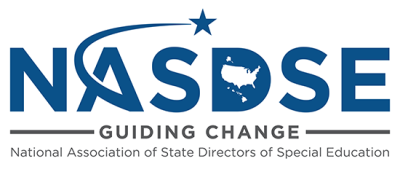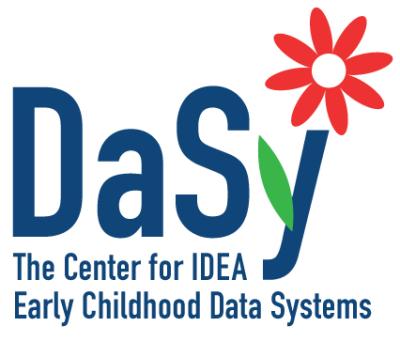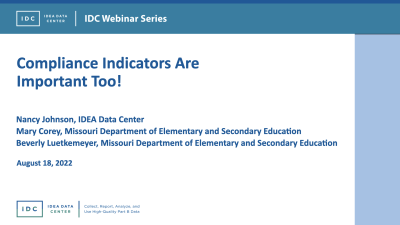Past Events and Recordings
Search for past events including the companion recordings and slides.
Past Events 36 - 42 of 69
-
NASDSE 84th Annual Conference and Business Meeting
The National Association of State Directors of Special Education (NASDSE) will host its 84th Annual Conference and Business Meeting on September 19–21 in St. Petersburg, Florida. The theme: "Leading Forward with Education."
Will IDC be there? You bet. Join our own Mary Watson and Beckie Davis for Documenting Data Processes in Preparation for DMS 2.0 -- Today's Session Brought to You by the Letter "D!"
-
2022 Improving Data, Improving Outcomes Conference: Leadership, Equity, Impact
The Center for IDEA Early Childhood Data Systems (DaSy), in collaboration with its early childhood technical assistance center partners, will host its 2022 Improving Data, Improving Outcomes (IDIO) national conference on August 23–25, 2022. Join IDC's Sarah Walters and Amy Bitterman for Exploring Early Childhood Equity: Digging Into Root Cause(s) of Success Gaps and Vera Stroup-Rentier and Rachel Wilkinson for Getting Real About Preschool Inclusion Data: Better Data for Better Decisions.
-
SPP/APR Compliance Indicators
Have questions about how to respond to the requirements for SPP/APR compliance indicators? Do you lie awake at night wondering how much specificity is enough specificity when you respond to those requirements? And what about addressing compliance or the correction and verification of non-compliance findings in your state’s SPP/APR? In this IDC webinar event, host Nancy Johnson discusses information about these all-important requirements, in addition to some real-life stories and strategies from states about how they get it all done. Click the links below to view the PowerPoint slides from the event or to view a recorded version.
-
2022 NCES STATS-DC Data Conference
This virtual event--sponsored by the National Center for Education Statistics (NCES), part of the U.S. Department of Education’s Institute of Education Sciences (IES)--will update attendees on federal and national activities that affect data collection and reporting, as well as information about the best new approaches in collecting, reporting, and using education statistics. Join us for Reviewing Your IDEA EDFacts Files: There's a Tool for That, presented by Terry Long and Chris Thacker, and Picture This! Communicate Your SPP/APR Data With the New and Improved Part B Indicator Data Display, presented by Dan Mello and Laura Johnson.
-
OSEP's Leadership and Project Directors’ Conference
The Office of Special Education Programs (OSEP) will hold its virtual Leadership and Project Directors’ Conference during the week of July 18, 2022, and IDC will be there. Join us for Make Data More Accessible: IDC’s Part B Indicator Data Display Wizard presented by Fred Edora and Laura Johnson and Who Didn’t Respond? Analyzing Nonresponse Bias in Survey Data presented by Tamara Nimkoff and Ben Schneider. And don't miss Rachel Wilkinson as part of OSEP's panel presentation on EDFact modernization. More information about the conference, as well as a preliminary agenda, can be found here.
-
National Research Conference on Early Childhood 2022
This 3-day event presents the latest research about Head Start, Early Head Start, child care, home visiting, child welfare, special education, pre-kindergarten, early elementary, and other early childhood programs. Conference features include plenary sessions, symposia, poster symposia, poster sessions, and informal events.
-
Interactive Institute 2022
Mark your calendars now, and stay tuned for more information about session registration.








